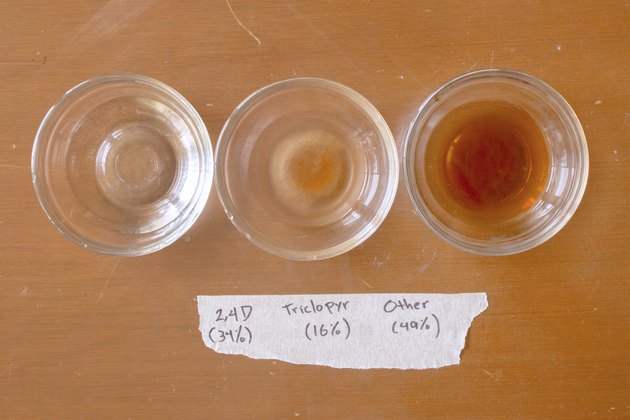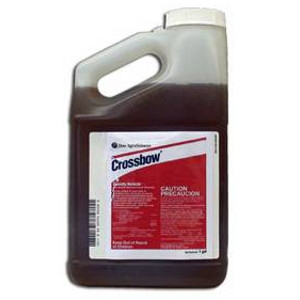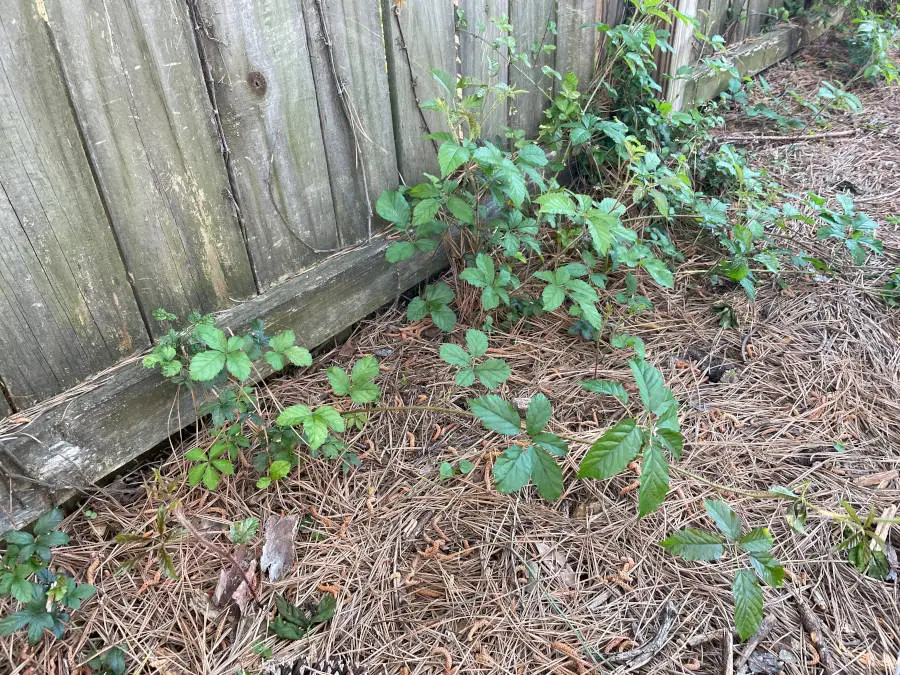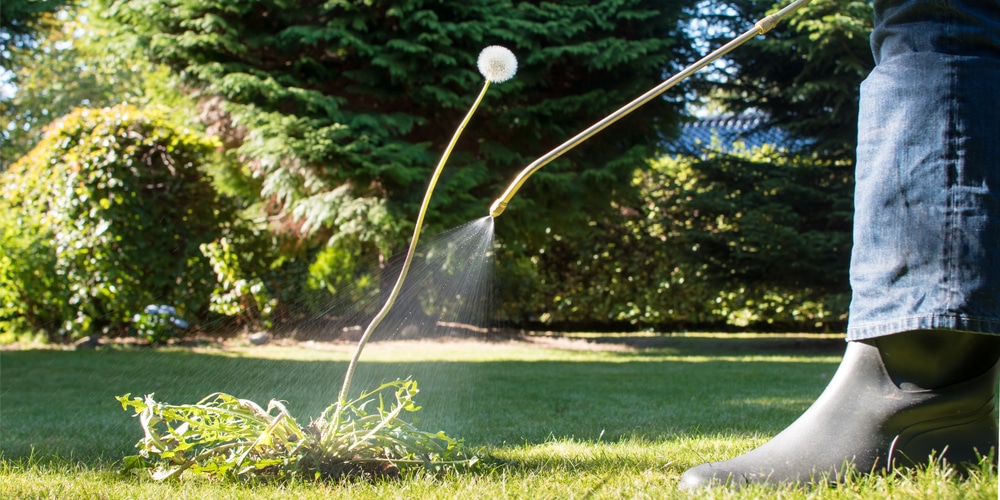
Glossy buckthorn trends more toward occupying wet meadows and swamps as well as nutrient-poor sites. Common buckthorn is most often found invading open woodlands and forest edges.

Crossbow herbicide ratio full#
Though they can also grow in full or partial sun, they thrive in forest interiors where there is less competition from other less tolerant invasive shrubs. Siteīuckthorn's tolerance of deep shade is at the core of its success in invading natural habitats. The fruit often persists into winter when it becomes even more visible to birds and mammals. Dispersalīuckthorns are primarily spread by birds dispersing their abundant and highly visible fruit. Also, throughout much of the year, smooth alder holds soft cones, or catkins, which are much different from the juicy berry of glossy buckthorn. Smooth alder ( Alnus serrulata) leaves can also be easily confused with glossy buckthorn, but smooth alder leaves have a rough, toothed margin instead of a smooth one. The main difference being that native dogwoods have a strongly opposite branching structure and smooth leaf margins, while common buckthorn has subopposite branching and toothed leaf margins. Native dogwoods have very similar leaves to those of common buckthorn, with their distinct arcing venation. Larger stems show a mottled texture created by the white lenticels, while young growth and buds are covered in fuzzy brown hair. Tough, leathery, and glossy, unlike common buckthorn they have a smooth, toothless leaf edge, or margin, and tend to be larger at between 1 and 3½ inches.

Leavesįootball shaped, alternately arranged, and with curved, parallel veins. Ripens throughout the growing season from green to red to dark purple or black (all stages can be found on the plant at the same time), the fruit is round and about ½ inch in diameter. In contrast with common buckthorn, the flowers of this species carry both pollen and ovaries. The flowers are greenish yellow, four petaled, and less than ½ inch across, growing all along the stem. Photo by Dave Jackson Description - Glossy Size

Photo by Dave Jacksonīuds and "thorn" on young twig. Photo by Dave Jacksonīark showing lenticels. Twigs are often tipped with a characteristic "thorn." The main bole has many horizontal ridges, called lenticels. Metallic silver-brown bark, creating a gunmetal look. Leavesįootball shaped, suboppositely arranged, finely toothed, and with distinct arcing veins. While only produced on female plants, one individual can be highly productive. Ripening in the fall, the fruit is round, deep purplish black, and about ½ inch in diameter.

This species is dioecious, or holds only one sex of flower on each plant. The name of these species originates from the habit of their young branches to break off and form sharp "thorns," though neither species bears true spines or thorns. Both species have naturalized throughout the United States, particularly the lake states and the Northeast. Their showy fruit display and hardy foliage made them popular ornamentals and now highly competitive invaders of eastern woods and wetlands. Rhamnus frangula) are two small trees introduced from Europe and East Asia, respectively. Common ( Rhamnus cathartica) and glossy buckthorn ( Frangula alnus syn.


 0 kommentar(er)
0 kommentar(er)
